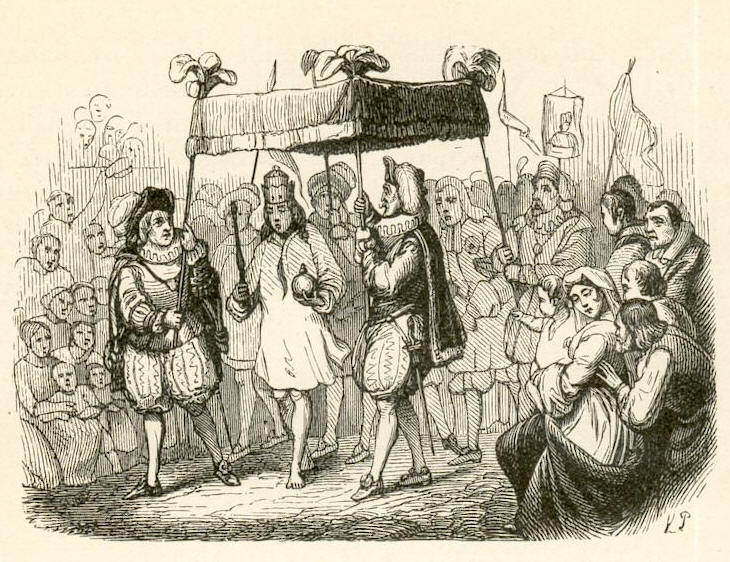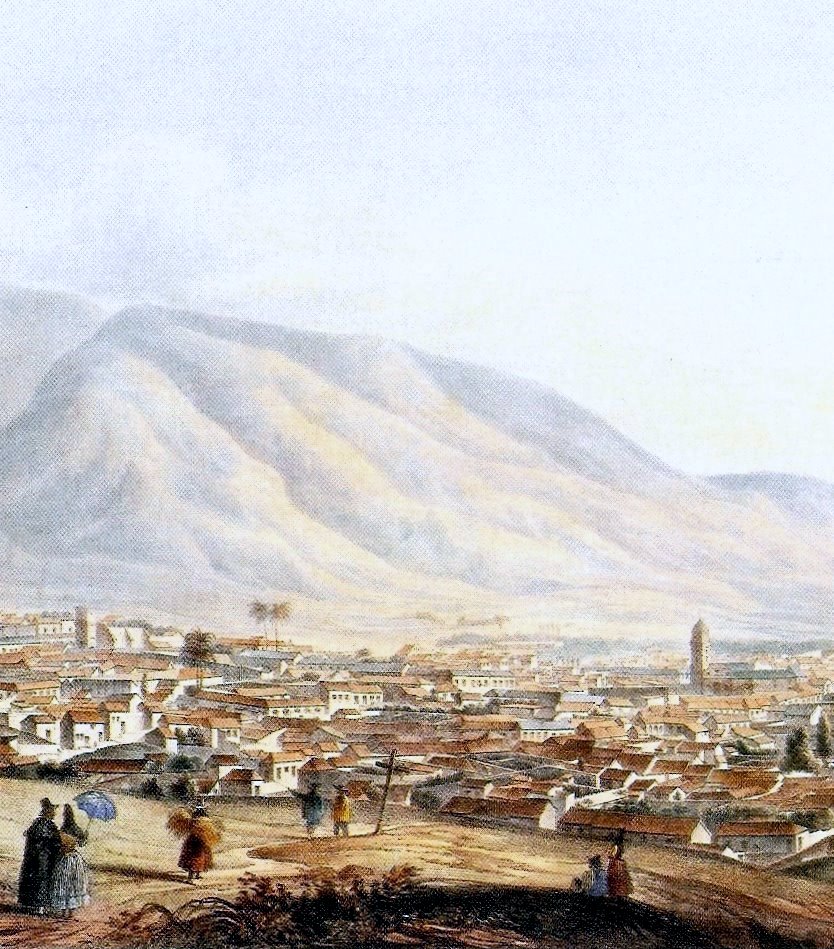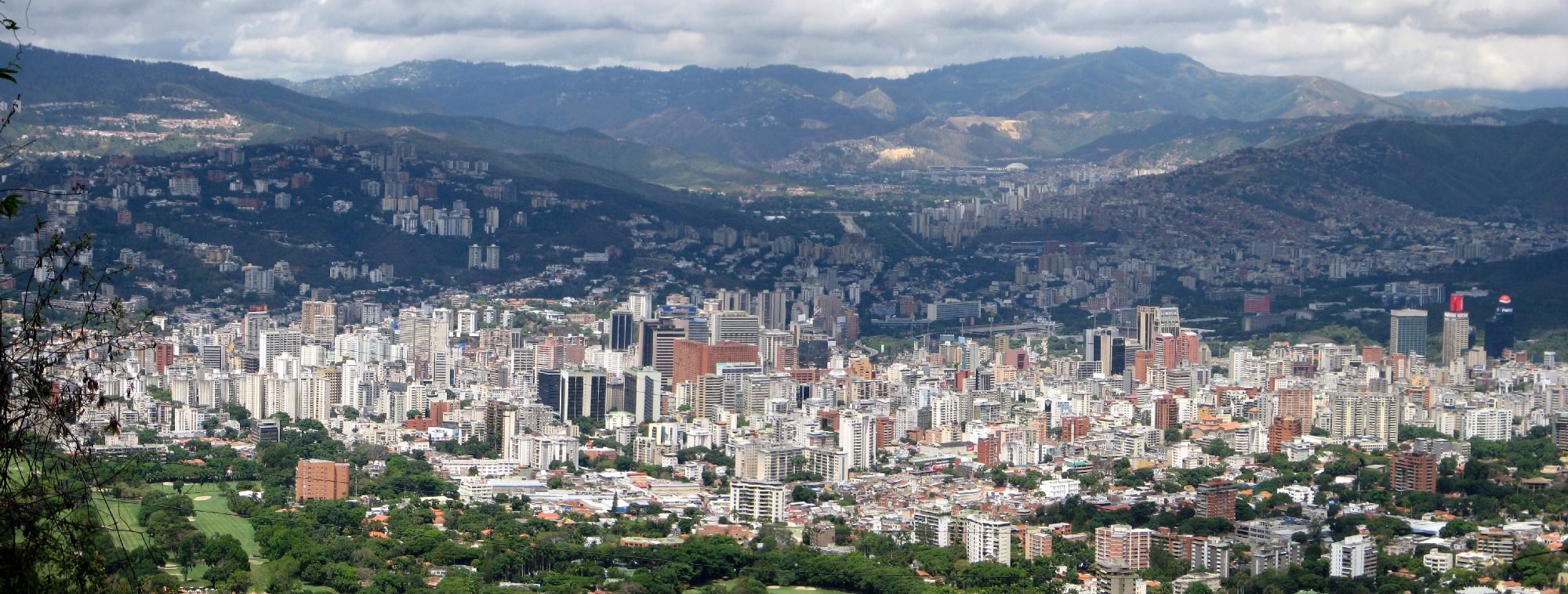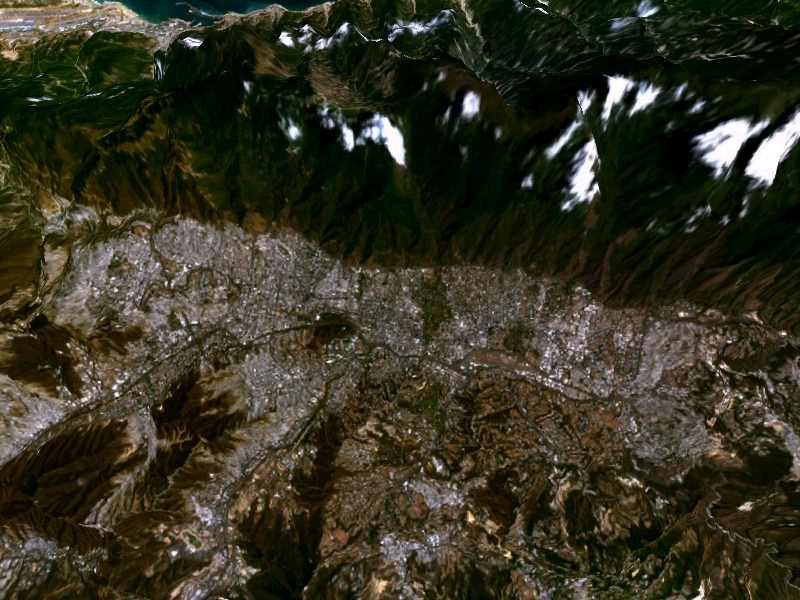 |
| Krebs - wir wissen aber nicht, was für eine Art |
KREBS
Präsidentschaftswahlen sind für Oktober angesetzt. Es geht um alles...für die russischen Rüstungsmagnaten, für die Chávez-Bonzen, für den Chávezclan, für die Castro-Regierung, für die Nicaragua-Regierung und so denken auch mehrere Millionen Chávez-Fans, die Gläubigen. Chávez ist krank. Er hat Krebs. Er hatte lange Zeit gesagt, der Krebs sei besiegt worden. Später musste er gestehen, dass ein Tumor wieder erschienen ist. Er musste sich - auf Kuba, selbstverständlich - operieren lassen. Nun unterzieht er sich einer Radiotherapie und das nicht zum ersten Mal. Die Chávez-Bonzen sind nervös, denn sie wissen, dass nur der Führer Chávez - el comandante-presidente, wie sie sagen - die Wahlen gewinnen kann. Ob Chávez eine ernste Krebsart hat oder nicht wissen wir nicht. Wir stellen Hypothesen. Wie Rory Carroll
schrieb, sind viele Venezolaner zu Amateuronkologen mutiert.
SCHON WIEDER EIN LANDESVERRÄTER UND DER NACKTE KÖNIG
Der Gouverneur des Ost-Llanos-Bundesstaates Monagas, Briceño, hatte die Reaktion der Regierung auf die
Ölpest in seiner Region kritisiert. Die Kritik galt vorwiegend den Militär und ehemaligen Putschist
Diosdado Cabello, der zur Zeit Vorsitzender der Nationalversammlung und einer der mächtigsten PSUV-Männer ist, auch wenn er von der Bevölkerung nicht besonders gemocht ist. Dieser liess sich das nicht gefallen und siehe: Briceño wurde von der Sozialistische Einheitspartei Venezuelas ausgeschlossen. Der Gouverneur wollte nicht, dass mit Erdöl verseuchtes Wasser aus einem Damm an die Bevölkerung seiner Region verteilt wurde. Chávez sagte,
der Gouverneur sei ein Verräter und das Wasser trinkbar. Er sagte auch, dass der Obergerichtshof - eine Marionette des Caudillos - die Opposition untersuchen musste, weil sie öffentlich sagte, das Wasser nicht nur Monagas, sondern auch anderer Regionen wie Carabobo und Aragua sei stark unrein. Ein Gericht hat prompt reagiert und gesagt,
dass es verboten ist, ohne technische Studie zu behaupten, dass das Wasser verseucht ist. Die Staatsanwältin
sagte auch das. Das Problem ist, dass es schon seit langem Berichte gibt - u.a. von unseren Universitäten - über die Verseuchung des Wassers in vielen Regionen (siehe zB
hier). Diese Verseuchung ist entstanden, weil 1) die Staatsbehörden immer inkompetenter sind, 2) sie in bestimmten Fällen wie im Bundesstaat Carabobo Umleitungen verseuchter Gewässer in Trinkwasserreservoir vorgenommen haben, 3) sie die Entstehung zahlreicher Slums in der Nähe der Wasserspeicher zugelassen haben - sie konnten den unzähligen Obdachlosen der
1999-Katastrophe keine Wohnungen anbieten, sie haben keine Ahnung von Wohnungsbau.
Man braucht nur den Wasserhahn in Valencia oder Maracay zu drehen, um feststellen zu können, dass das Wasser verseucht ist: es hat eine gelbliche Färbung und es stinkt sehr stark. Und dennoch kann man in Twitter Kommentare unzähliger Chávez-Anhänger lesen, die behaupten, alles sei Lug und Trug der Landesverräter. Diese Chávez-Anhänger sind meistens nicht in Valencia oder Maracay, die schweigen nun.
Wie lange kann der König splitternackt herumspazieren?
 |
| Solange die Petrodollars reichen, wird keiner es gestehen wollen |
In Venezuela solange es Petrodollars für die Militärs und genügend chinesische Kühlschränke und kleine Pseudojobs für Tausende Menschen zu verteilen gibt...in Venezuela solange der Wahlrat ganz klar unter der Kontrolle der Nationalregierung ist. Auch wenn Unzählige die Wahrheit sagen würden, wird die Hälfte der Bevölkerung nicht agieren. Das haben wir schon oft in der Geschichte gesehen.
Chávez ist krank...wie krank er ist: das wissen wir nicht. Er wird zumindest eine Weile nicht viel rumreisen können. Trotztdem wird er Staatsmittel in vollen Zügen benutzen, um seine Botschaften zu übermitteln. Für die deutschen Leser einige Beispiele der Chávez-Aussagen in den letzten Tagen:
Über den Gouverneur Briceño sagte Chávez schon wieder
Über eine von der Regierung organisierte Kundgebung:
"dies ist die beste Antwort, das Volk auf der Strasse, die Revolution auf der Strasse, die Volksmacht auf der Strasse, überall...die Verräter sollten lieben weggehen, diese fünfte Kolonne sollte lieber weggehen, wir brauchen sie nicht...sie werden am 7.10 gegen uns nicht können, 10 Millionen Stimmen werden wir den Schwächlingen (escuálidos) und Minderwertigen (majunches) durch die Kehle verschlucken lassen".
MEINE GLASKUGEL
Ich bin kein Zauberer. Dennoch wage ich swieder, einige Prognosen hier zur Verfügung zu stellen.
- April: Die Nationalregierung wird alles unternehmen, um neue Wähler in Regionen wie Yaracuy, Trujillo, Sucre und Portuguesa einschreiben zu lassen, während sie die Registrierungszeiten für junge Leute in Valencia und in anderen von der Opposition dominierten Regionen weiter beschränken will.
- Mai: Angriffe gegen Oppositionskundgebungen in den sekundären Städten werden zunehmen.
- Juni: Der Obergerichtshof wird gegen die Opposition irgendetwas unternehmen. Wieso? Was? Egal, die Chávez-Richter werden immer ein- und auffälliger werden und seltsamere Ausreden erfinden, um Oppositionspolitiker zu neutralisieren. Sie werden wohl nicht wagen, Capriles einfach so aus dem Rennen auszuschliessen. Das ginge zu weit.
- Juli: Chávez wird dann anfangen müssen, die Provinzen zu besuchen. Wenn das Ende Juli nicht geschieht, werden Menschen - auch Chávez-Anhänger- Fragen über seine Überlebenschangen stellen.
- August: Dann wird die Nationalregierung massal chinesische Wagen unter Marktpreis verkaufen - Waren, die durch Darlehen für langfristige, für Venezuela ungünstige Erdölabkommen mit China erworben wurden. Die Regierung wird zunehmend einige dieser Waren einfach schenken.
- September: Die Chávezjournalisten werden einige Skandale über die Opposition entdeckt haben.






.jpg)



















